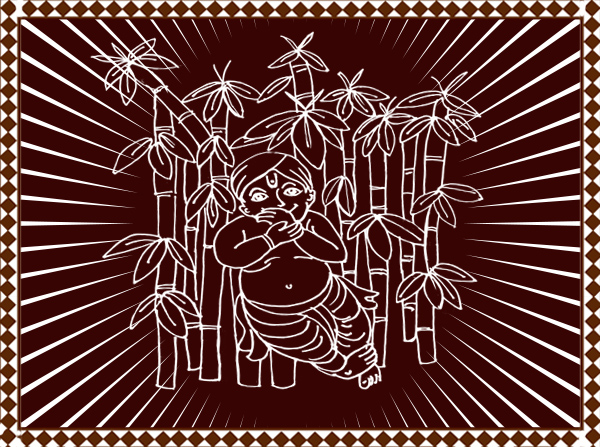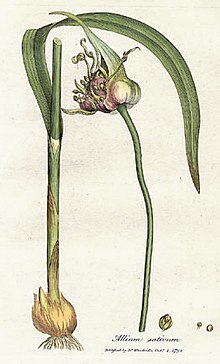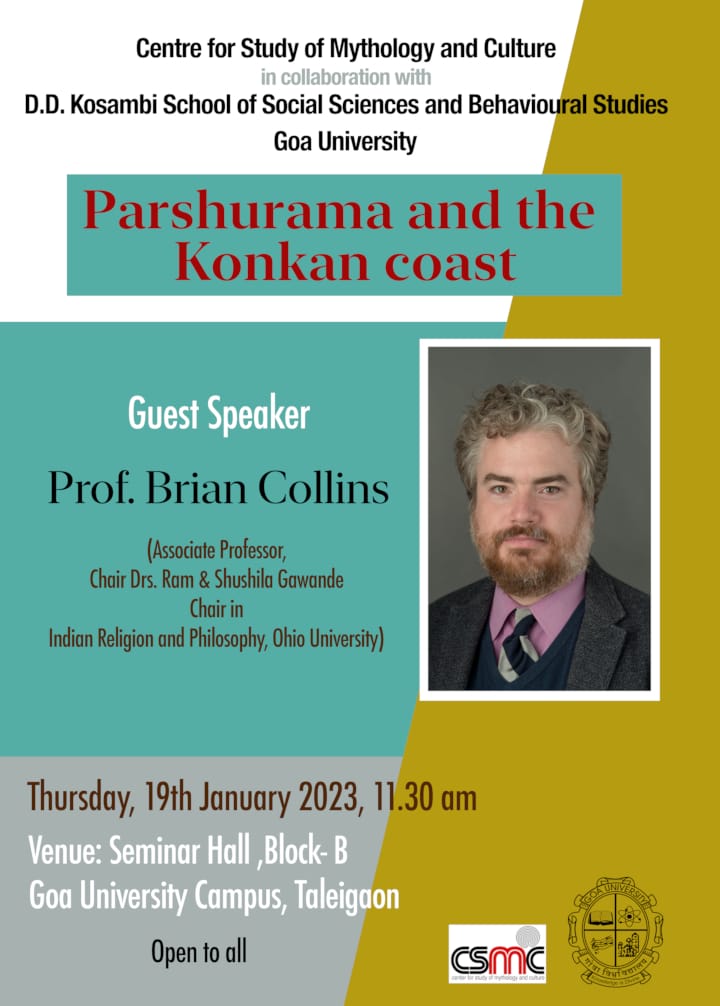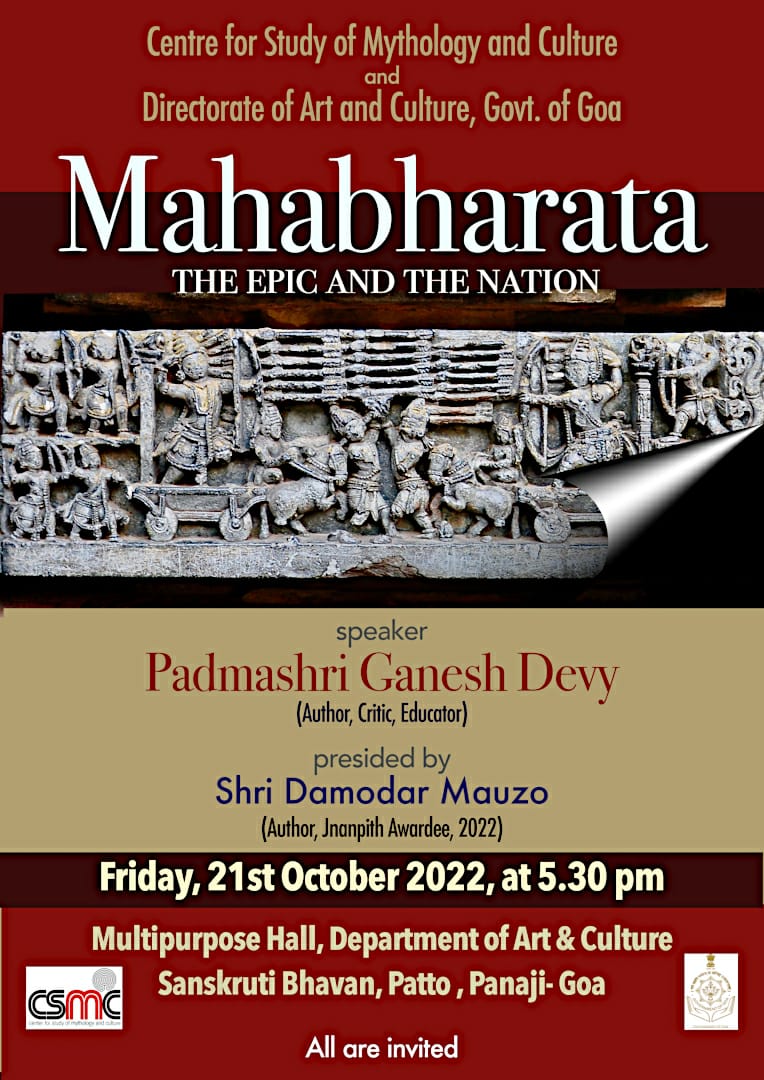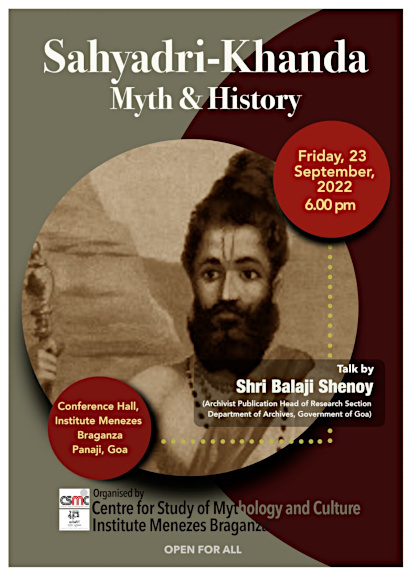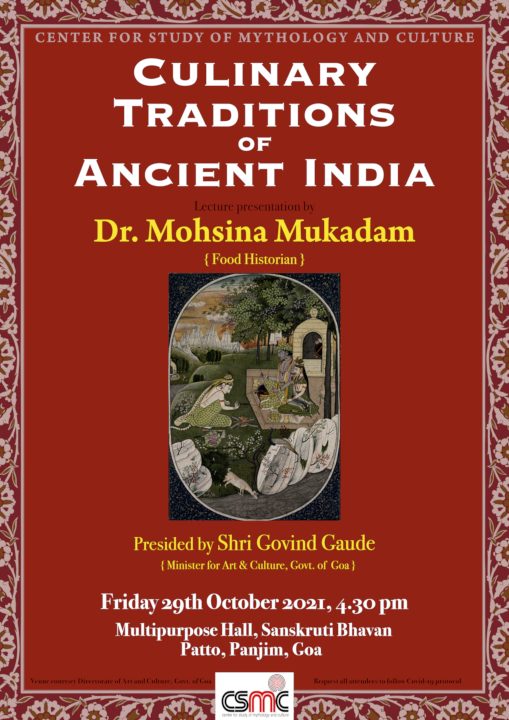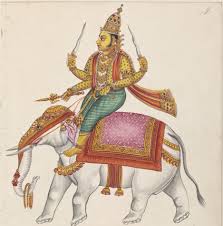
The dark monstrous creature had swallowed all the moisture from the atmosphere. Every drop of water he sucked from the air, his formless body, that swell like a dragon- serpent, twirling and twisting against the bright sky. Asura- Vritra – had captured the heavens.
People on the earth began to die, as draught like conditions prevailed over earth. As people suffered for want of water, Asura- Vritra’s pleasure grew no bounds. He hissed in joy and rolled in the sky with malicious laughter resounding thunder. He would spew mist and shower hails to frighten the people, who ran helter-skelter with fear . Further, he would create chaos by suddenly darkening the sky by hiding the Sun behind his monstrous dark body. Asura Vritra was out to destroy the world.
Frightened and scared of Asura Vritra, people began to pray to Gods but none could help. Asura- Vritra was far more powerful than the Gods. Finally, Gods approached Indra- the bravest of all the King, to save the people from ultimate death and destruction.
Indra, son of Dyava and Prithvi, was bravest and a fearless warrior of his time. He ruled over the mid region or Atmospheric region. He rode on a chariot of four horses specially designed by Rhubhus, that moved faster than lightning. Indra was a tall man, with a muscular body, with four arms and golden coloured hair. But many believed he was also a shape shifter. His long flowing beard would often ruffle in breeze as he zoomed past in his chariot. He was addicted to drinking Soma- the elixir that gave him the strength to fight wars. But his greatest strength was his magical weapon – a thunderbolt made of hardest material called Vajra .
Accepting the God’s plea to save the earth, Indra challenged the Asura Vritra in battle. As they engaged in a battle – the whole universe trembled. Asura Vritra attacked Indra by crackling thunders and snorting mist. In return Indra threw his thunderbolt at Asura, lightening the whole sky. The battle went on for days. People on earth watched the battle with awe and fear. Finally Indra smote Asura Vritra in a fatal strike with his bolt that pierced him in his back.
Asrura Vritra cried out in a final thunder, as waters came gushing out his body and fell on the earth. Water from sky soon started flowing in streams and rivers. People on earth rejoiced with glee. They bowed before Indra . Indra had saved the mankind from extinction by rescuing the waters from Asura-Vritra. Men praised him and Gods crowned him as the King of the Gods. He was called “Vritrahan”- the killer of Vrita”
This is how ancient seers from Vedic period described the phenomena of ‘ rain ‘ in Rigveda. It is one of the most recounted tales and an important myth from Veda. Lot of rituals are constructed around this tale. A belief- still believed around India that God send us rains.
Story collected by : Vidya Kamat
Source: RV. I.32.5
Location : Pan India
